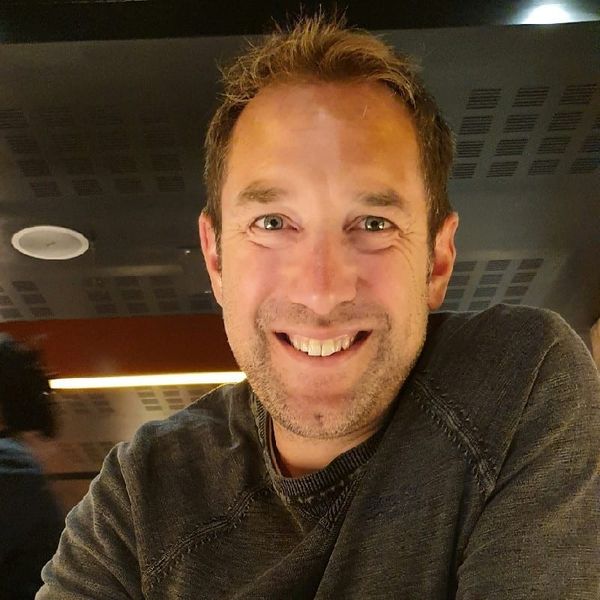Jamie Craggs
Aquarium Curator
Horniman Museum and Gardens
Jamie Craggs is one of the co-founders of the Coral Spawning Lab, which tackles the coral crisis using its passion for coral biology and understanding of aquarium design. The team designs and installs bespoke aquaria primarily for the spawning of Scleractinian corals. Coral reefs are among the world’s most diverse ecosystems, supporting thousands of marine species.
“A significant number – there’s an estimate that says a third – of the world’s reefs have become functionally extinct in the last 20 to 30 years, and that trend is only increasing, ” Craggs told blooloop in 2016.
Craggs is also the aquarium curator and living collections manager at the Horniman Museum and Gardens in London, and a science associate at the Natural History Museum. In 2016, he was elected a fellow of the Linnean Society of London, the world’s oldest active biological society.
Previously, he served as the head aquarist at the London Aquarium, where he developed an interest in coral biology. He has also worked as an underwater cameraman in Borneo, filming and photographing the species found on the coral reefs in the Celebes Sea. In 2018, Cragg was named Aquarist of the Year by the Marine Aquarium Societies of North America.
In 2012, he founded the Horniman’s Project Coral, a research project focusing on developing techniques to predictably induce broadcast coral spawning events in closed system aquariums. Project Coral aims to support climate change research focusing on reproduction and reef restoration efforts and develop new sustainable coral aquaculture techniques.
“Project Coral has made huge strides in creating the protocols to induce coral spawning in lab conditions, and the Horniman’s research will continue to refine the techniques and understand the effects of climate change on coral reproduction,” Craggs said.
Craggs believes that a collection within a public aquarium should be used to deepen our understanding of biology and promote the conservation of species and habitats. Since arriving at the Horniman in 2008, he has developed various research collaborations with universities and aquariums and links with conservation organisations across the globe.

